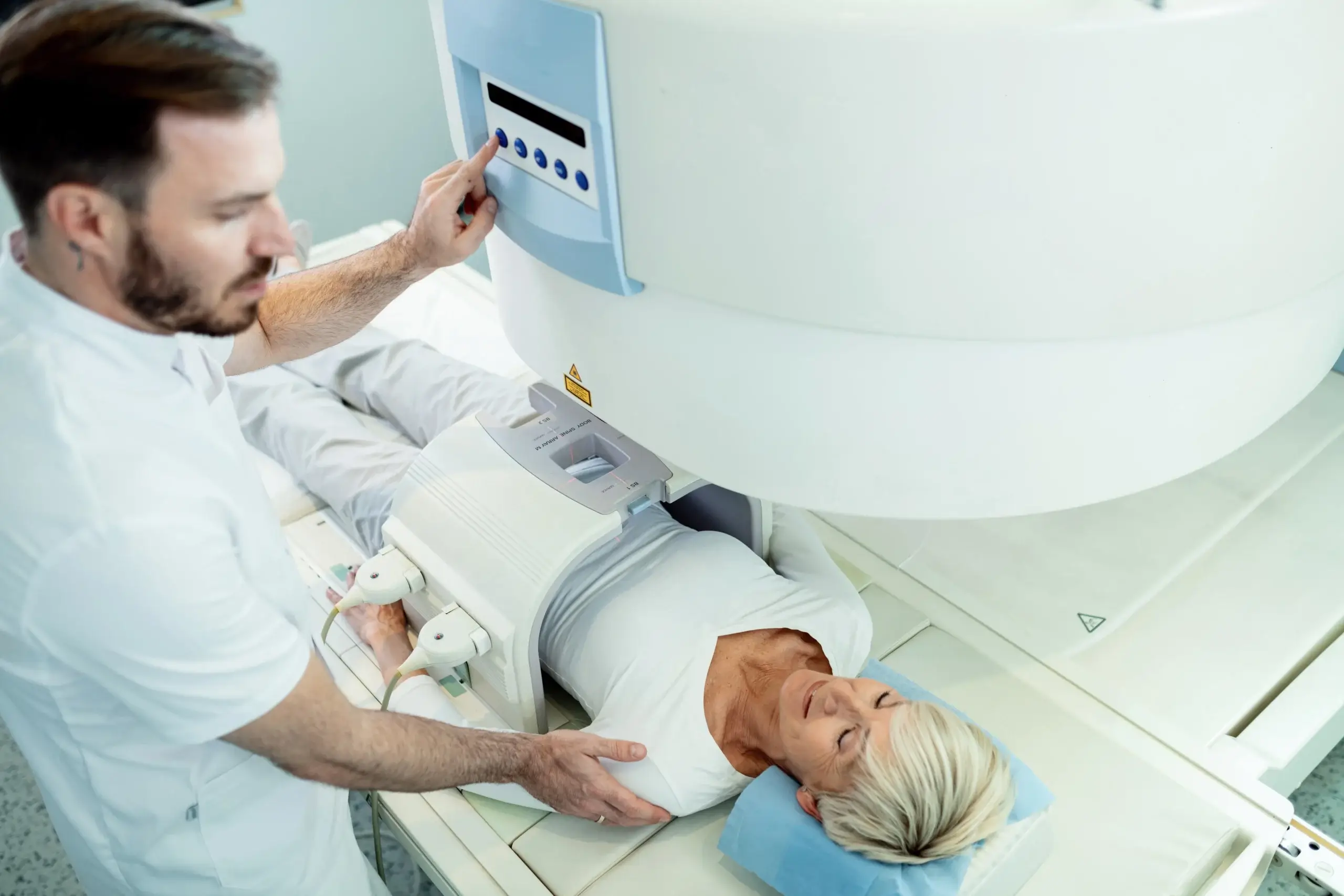
Machine vision is transforming countless industries by empowering machines to perceive, process, and interpret visual data. As technology speedily advances, exciting and emerging protocols are being developed and adopted from other industries to enhance the efficiency, accuracy, and integration of machine vision systems.
Similarly, machine vision systems are becoming increasingly vital across various sectors, including manufacturing, healthcare, security, and automotive. These systems rely heavily upon complex protocols for data acquisition, processing, and communication. Emerging protocols are addressing the challenges of scalability, real-time processing, and interoperability, rendering machine vision more robust, versatile and trusted.
In this fourth in a series of nine, we review Scalable Low-Voltage Signaling with Embedded Clock (SLVS-EC), a high-speed interface developed by Sony Semiconductor Solutions Corporation (SSS) for fast, high-resolution image sensors.
The interface’s simple protocol makes it easy to create camera systems. Featuring an embedded clock signal, it is ideal for applications that require higher speed, fewer lanes, or transmission over longer distance and for industrial image sensors that face increasing demands for more pixels and higher speed.
The key features of SLVS-EC are:
- High Data Rates: SLVS-EC supports high data transfer rates, enabling fast transmission of large amounts of image data from the sensor to the processing unit. 5 Gbps per lane, with multiple lanes combined to achieve even higher aggregate data rates can be catered to.
Crucial capability for applications requiring high-resolution images or high frame rates, such as 4K/8K video recording, industrial inspection, and scientific imaging.
- Low Power Consumption: SLVS-EC is designed to operate at low voltage levels, which helps reduce power consumption compared to other high-speed interfaces. This lower power consumption is critical in battery-powered devices like cameras, drones, and portable medical imaging equipment, where power efficiency directly impacts battery life.
- Embedded Clocking: SLVS-EC implements embedded clock signaling, meaning the clock signal is embedded within the data stream rather than being transmitted separately. This reduces the number of pins required and simplifies the design, leading to smaller, more compact devices. Embedded clocking also enhances signal integrity, improving the reliability of data transmission at high speeds.
- Scalability: The SLVS-EC interface is eminently scalable, meaning it can support a varying number of lanes (typically 1 to 16) depending on the application requirements. This empowers flexibility in design, enabling the interface to be optimized for different levels of performance, from lower power, single-lane configurations to high-speed, multi-lane setups.
- Compatibility with High-End Image Sensor: SLVS-EC is specifically designed to be compatible with high-end image sensors, including those used in professional cameras and advanced machine vision systems. This compatibility ensures that SLVS-EC can handle the large data outputs of modern image sensors, supporting high-quality image capture and processing.

SLVS-EC is a powerful, scalable, and efficient interface standard designed to meet the demands of high-performance image sensors. Its high data rates, low power consumption, scalability, and robust performance make it suitable for a wide range of applications.
The applications for SLVS-EC are plentiful and include:
- Machine Vision: SLVS-EC is widely used in industrial automation and inspection systems, where high-speed image capture and processing are crucial for quality control, defect detection, and production line monitoring.
- Automotive Systems: SLVS-EC is used in advanced driver assistance systems (ADAS), autonomous vehicles, and in-vehicle cameras for applications such as surround-view systems, lane departure warnings, and object detection.
- Broadcast & Professional Video: SLVS-EC is used in professional video cameras and broadcast equipment to handle the high data rates required for 4K and 8K video recording and live broadcasting.
- Medical Imaging: The protocol is applied in medical imaging devices such as endoscopes, ultrasound machines, and diagnostic cameras, where high-resolution imaging is required for accurate diagnosis and treatment.
- Security & Surveillance: SLVS-EC is used in advanced surveillance systems, including high-resolution security cameras and monitoring systems for large facilities, cities, and critical infrastructure.
SLVS-EC’s versatility, high-speed performance, and low power consumption make it an ideal interface for a wide range of applications that require advanced imaging capabilities. Its use in industries such as automotive, medical, industrial automation, and consumer electronics underscores its importance in modern imaging systems.
Whilst there are challenges such as scalability complexity and power management, the benefits of SLVS-EC are clear:
An eminently scalable, and efficient interface standard meeting the challenges of high-performance image sensors.
Stay tuned for next week’s emerging protocol in machine vision



